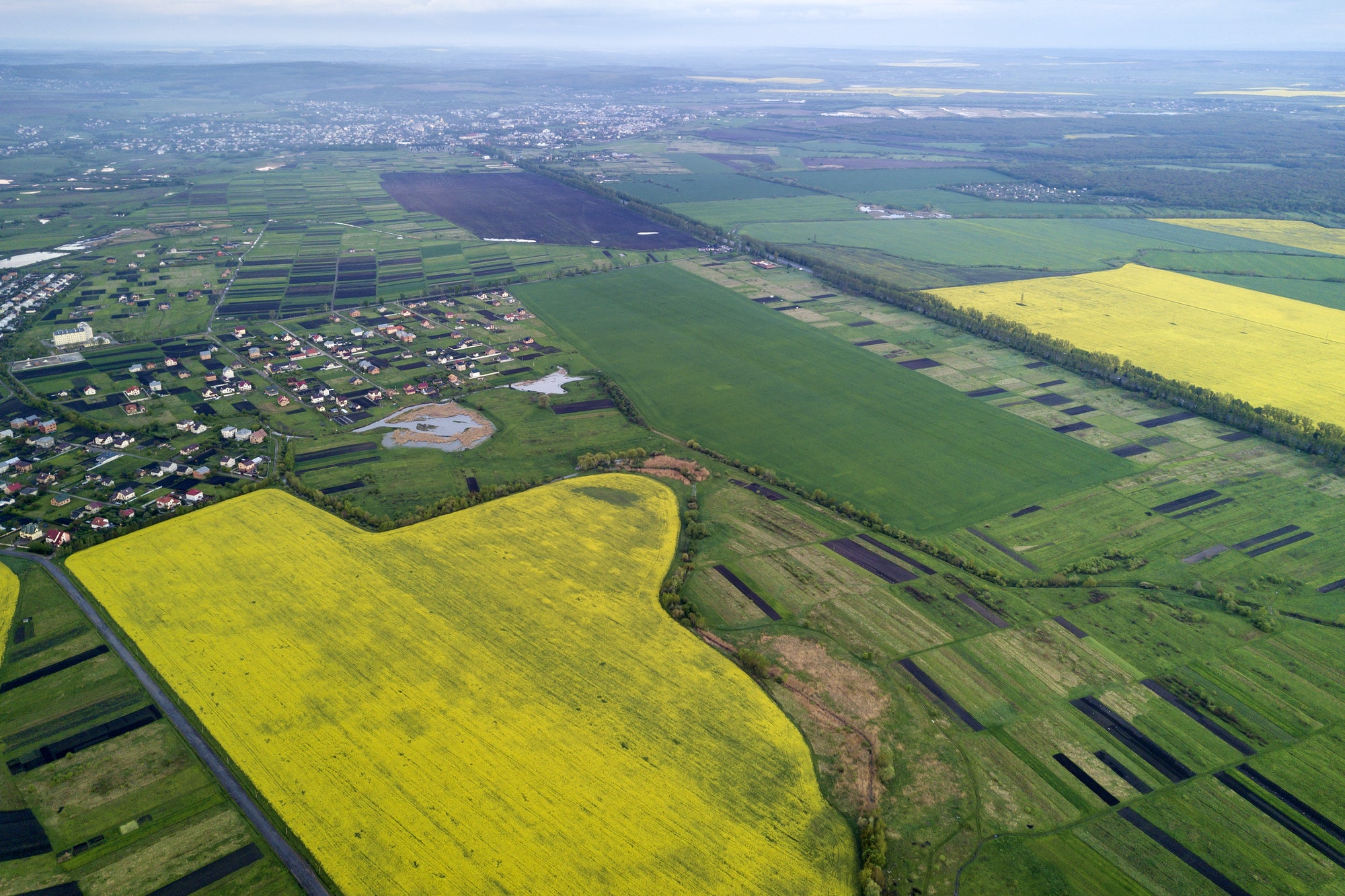When installing on-site sewerage systems in Queensland, it’s important to comply with specific regulations governed by the Plumbing and Drainage Act 2018. These regulations ensure that sewage is treated, stored, and disposed of properly in unsewered areas. On-site sewerage facilities can include treatment plants, septic systems, and composting toilets. Below is a comprehensive overview of what you need to know about council requirements and the steps involved in setting up these systems.
Types of On-Site Sewerage Facilities
There are several options for on-site sewerage treatment in Queensland, depending on the site conditions and local council regulations. The primary systems include:
On-Site Sewage Treatment Plants: These systems use mechanical, biological, and filtration methods to treat sewage. After treatment, the effluent can be discharged through irrigation systems, either above or below ground.
Septic Systems: These systems use biological processes to treat sewage and discharge effluent through below-ground trenches or beds.
Composting Toilets: These dry vault systems use biological degradation to convert waste into compost. Composting toilets must meet specific criteria under the Queensland Plumbing and Wastewater Code.
Approval Process
To install an on-site sewage treatment plant, approval from the local council is mandatory. Without approval, the system cannot be legally installed or operated. Here are the steps to ensure compliance:
Apply for Local Government Approval: Submit your application to the local council. The application must comply with the Queensland Plumbing and Wastewater Code and Australian Standard AS1546.3:2017. For sewage treatment systems serving fewer than 21 people, the local council handles the approval.
Chief Executive Approvals: For systems treating sewage for more than 21 people, approvals are issued by the Department of Housing, Local Government, and Planning.
Composting Toilets: These toilets must comply with Part C3.4 of the Queensland Plumbing and Wastewater Code. Buyers need to submit a compliance statement from the manufacturer to the local government when applying for installation approval.
Pre-Approved Systems: The Queensland government has pre-approved a list of sewage treatment systems. These pre-approved systems can treat secondary, advanced secondary, and advanced secondary with nutrient removal effluent.
Performance Criteria for Sewage Treatment Plants
Effluent from on-site sewage treatment plants must meet strict standards set by Queensland’s wastewater guidelines. The key performance criteria are based on the quality of treated effluent, which is classified into three categories:
- Secondary Quality: Includes treatment of waste with less stringent requirements on Biochemical Oxygen Demand (BOD) and suspended solids.
- Advanced Secondary Quality: Systems treating to this standard have higher efficiency in removing contaminants.
- Advanced Secondary Quality with Nutrient Removal: These systems provide the highest level of treatment, including nutrient removal.
For each category, treatment plants must pass rigorous tests to ensure that effluent meets set biological and chemical parameters.
Local Government Role and Maintenance Requirements
Queensland councils oversee the installation, operation, and maintenance of on-site sewage treatment plants. Most councils require ongoing maintenance of these systems to ensure compliance with environmental standards. Maintenance contracts with licensed service providers are often mandatory, especially for advanced systems like Aerated Wastewater Treatment Systems (AWTS). Regular maintenance helps ensure that effluent quality remains within regulatory limits, preventing harmful contamination of soil and waterways.
Site-Specific Considerations
Local councils may also have site-specific requirements for installing on-site sewerage systems. These considerations include:
Soil Type and Absorption Capacity: Properties with poor soil quality may need specialized systems or additional design features to ensure the effluent is safely absorbed and does not contaminate groundwater.
Flood-Prone Areas: If the property is in a flood-prone area, the system must be designed to prevent flooding or contamination during heavy rainfall.
Setback Distances: On-site sewerage facilities must be located a safe distance from water bodies, boundaries, and buildings to prevent contamination.
Environmental Compliance
Queensland’s environmental laws require on-site sewage systems to operate efficiently and with minimal environmental impact. This includes preventing contamination of nearby water bodies and protecting soil health. Local councils, in conjunction with the Department of Environment, conduct inspections and testing to ensure compliance.
Frequently Asked Questions
Do I need council approval for a septic tank? Yes, septic systems require council approval before installation. The system must meet local and state requirements.
Can I install my own sewage treatment plant? No, on-site sewage treatment systems must be installed by licensed plumbers who are familiar with Queensland’s regulations.
What are the maintenance requirements for on-site sewage systems? Most on-site sewage treatment systems require regular maintenance by licensed professionals. Councils may require proof of maintenance, including regular inspections and servicing to ensure the system is operating effectively.
Are composting toilets allowed? Yes, composting toilets are permitted in Queensland. However, they must comply with specific sections of the Queensland Plumbing and Wastewater Code and need approval before installation.
Call us at 1300biocycle
Installing an on-site sewerage facility in Queensland involves meeting strict local council requirements, ensuring environmental compliance, and following regular maintenance protocols. By adhering to these regulations, property owners can manage wastewater efficiently, protect the environment, and avoid costly fines or system failures. Understanding the types of systems available and the council approval process is crucial to ensuring that your on-site sewage treatment plant functions safely and effectively.
For more detailed information on Queensland’s on-site sewerage regulations, visit the Queensland Government’s official page.






